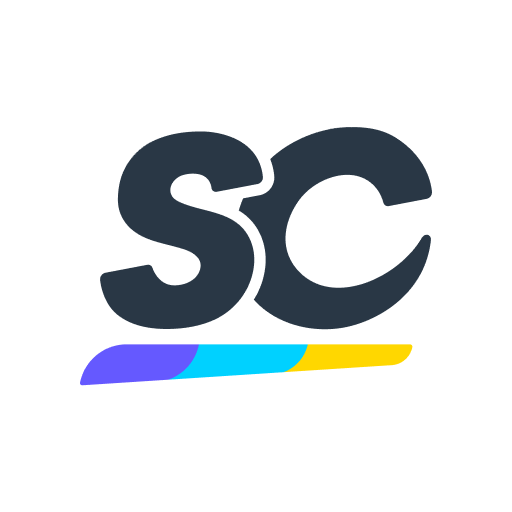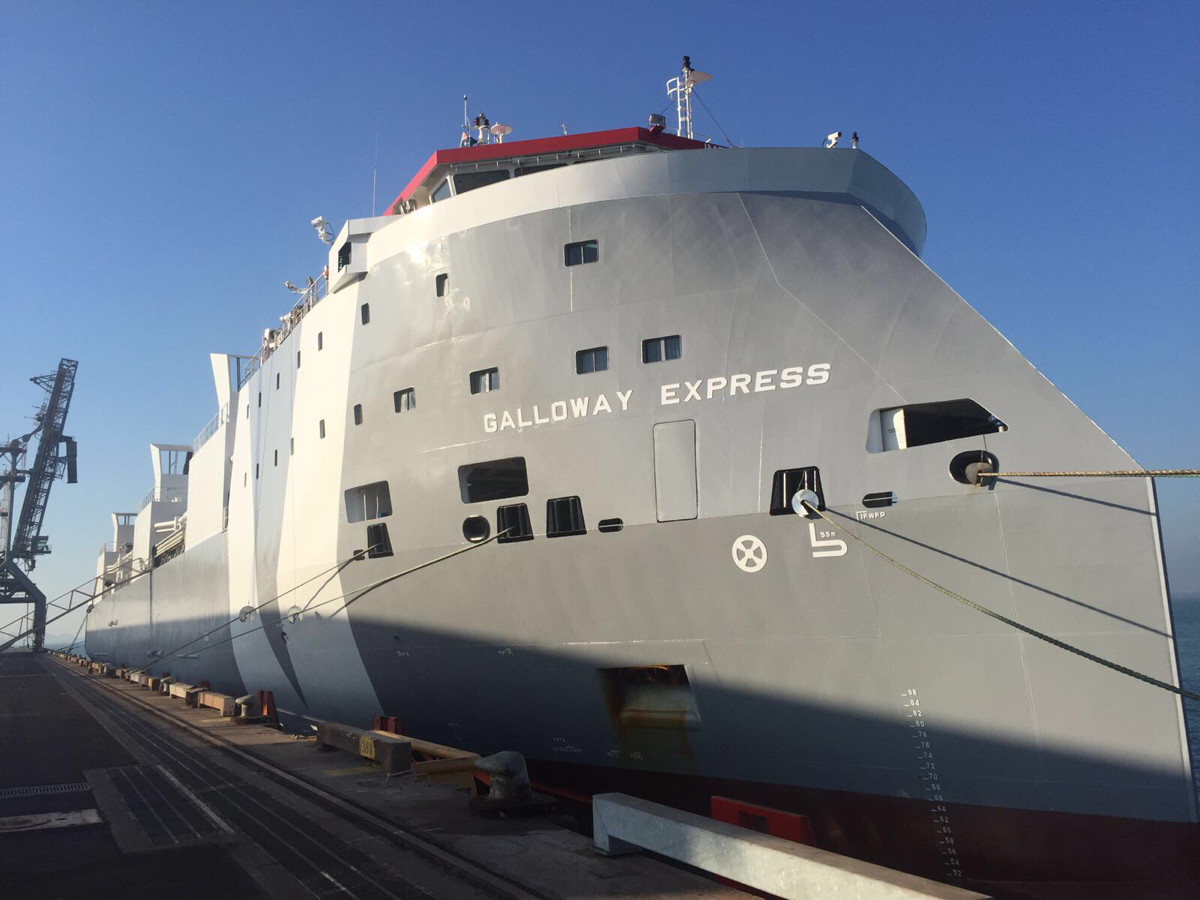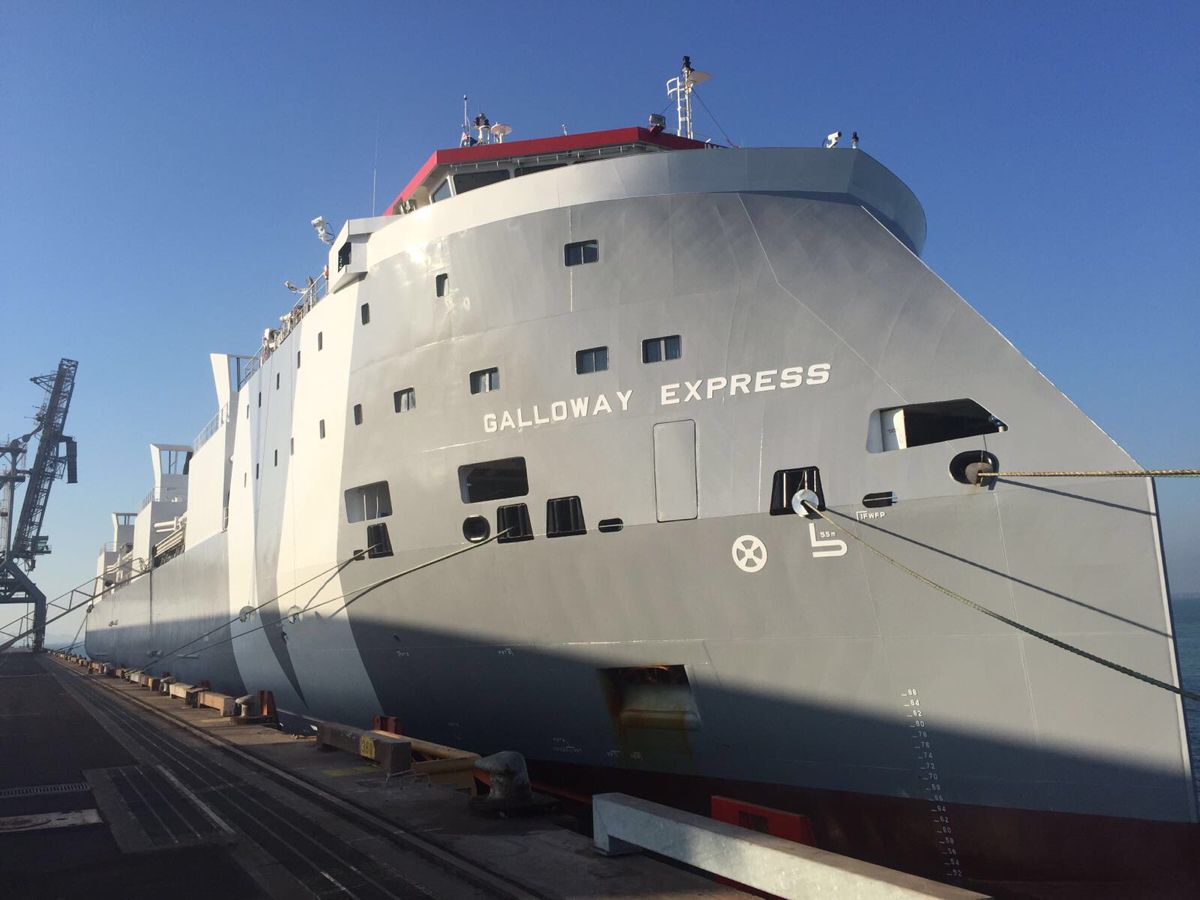Title Page
-
Vessel Name
-
Port
-
Conducted on
-
Prepared by
-
Location
Checklist
Engine Room Arrival
-
Chief Engineer informed
-
Communications with Bridge checked
-
Air/steam/electric horns tried out
-
Clocks synchronized
-
Both steering motors switched on
-
Steering gear tested per PT28
-
Daily/Header/Sump tanks (FO, MDO, LUB oil and FW tanks) brought to operational levels and drained of water as applicable
-
ER DB tanks, particularly Cofferdam. Bilge tanks and sludge/waste oil tanks sounded
-
Grey-Water overboard discharge valve closed, lashed and sealed (Seal number to be entered in the engine room log book)
-
Where overboard discharge of grey water or sewage water cannot be prevented, the office should be highlighted and permission obtained to continue operation.
-
Raw Sewage overboard discharge valve (where fitted) closed, lashed, and sealed (Seal number to be entered in the engine room log book)
-
Sewage holding tank overboard discharge valve (where fitted) closed, lashed, and sealed (Seal number to be entered in the engine room log book)
-
If vessel maneuvering on DO, confirm change over complete prior accepting STANDBY
-
Main/Aux boiler brought up to working pressure and ready for use
-
Spare burners prepared and ready for immediate use
-
Boiler Main/Aux feed water pumps tested and ready to use
-
Fresh water generator stopped/filling tank changed as applicable
-
Scoop injection cooling water system secured, and circulating pumps changed over when applicable
-
Emergency/Standby generator (if available) tested and made ready for immediate use
-
Standby FO/LO/CW pumps inspected or tested and ready for use
-
Main air compressors tried out
-
Start air reservoirs pressed up and drained of water
-
Control air systems, filters, water traps and accumulators drained of water
-
Main engine auxiliary blowers, if applicable, ready for use
-
Auxiliary systems started as applicable
-
State systems started:
-
Purifiers operational as required and duplex/standby strainer cleaned, purged and ready for use
-
Second generator started and taken on load
-
In consultations with Bridge. start reducing from sea speed to arrive at Maneuvering speed by Stand By (EOP) time
-
Main Engine Cylinder LO feed increased as applicable
-
On reducing speed, if applicable, change over temperature regulators to manual mode and bypass coolers accordingly
-
Confirm Required E/R staff at hand for maneuvering conditions
-
Main engine tried out both ahead and astern per bridge commend
-
Engine room telegraph tried out and confirmed operational
-
Deck steam of hydraulic power for deck machinery ready for use
Completion
-
Inform the bridge of any issues that might delay acceptance of stand by engines.
Only accept stand by engines when engines are ready for maneuvering. -
Comments
-
Name and Signature










